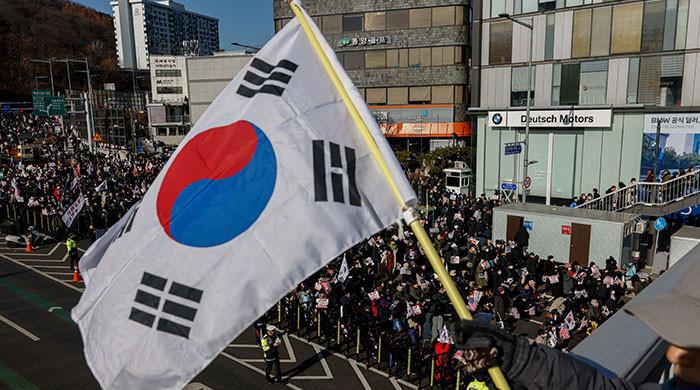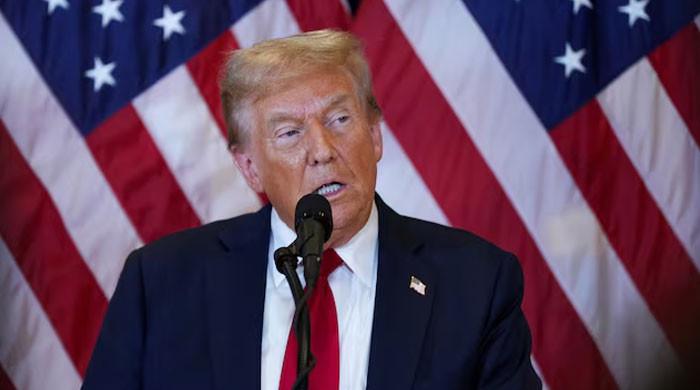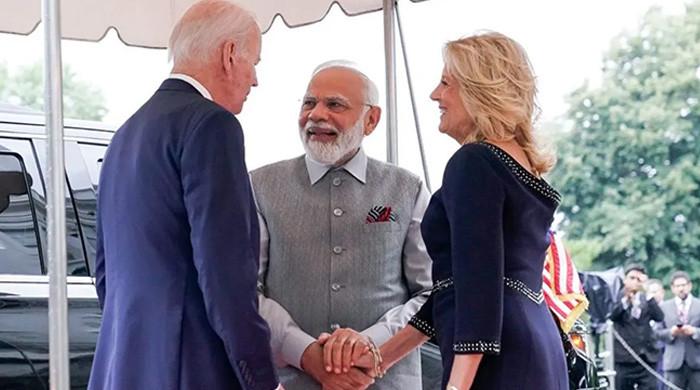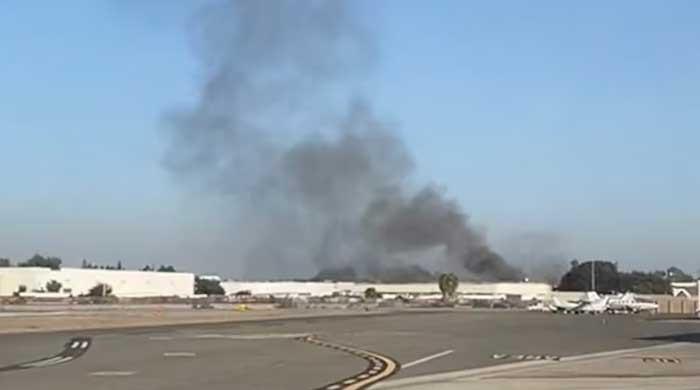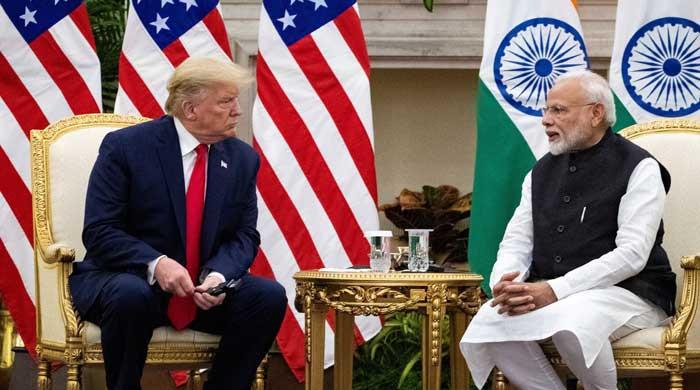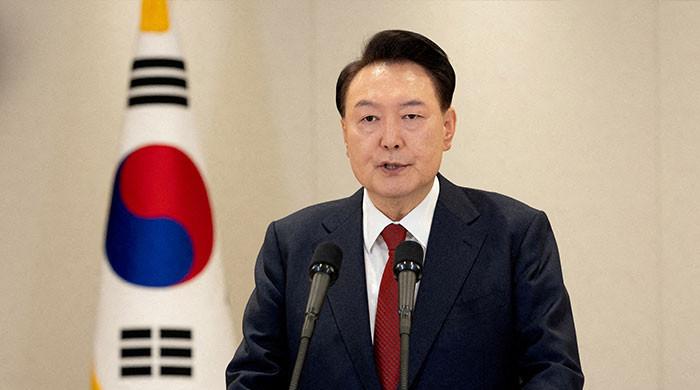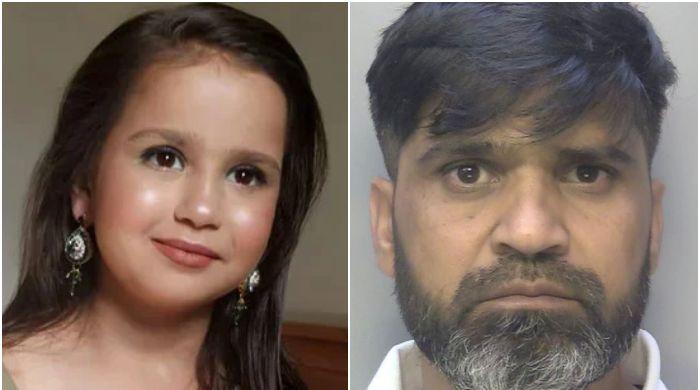US strike that killed 10 Afghan civilians did not violate law of war: Pentagon probe
A US drone strike that left scores of Afghans dead was not criminal conduct, instead, it was an honest mistake, said a Pentagon probe
November 04, 2021
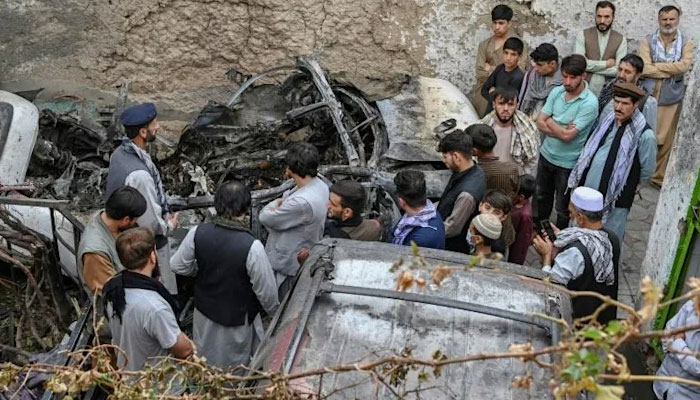
- Pentagon said the US drone attack in Kabul was not against any law of war.
- The Pentagon probe said the drone strike was a tragic mistake that claimed the lives of 10 Afghans on August 29.
- Pentagon said it was an honest mistake but not criminal conduct.
WASHINGTON: A US drone strike in Kabul in August that killed 10 Afghan civilians was a tragic mistake but did not violate any laws, a Pentagon inspector general said Wednesday after an investigation.
Three adults, including a man who worked for a US aid group, and seven children were killed in the August 29 operation, with the target believed to have been a home and a vehicle occupied by Daesh militants.
"The investigation found no violation of law, including the Law of War. Execution errors combined with confirmation bias and communication breakdowns led to regrettable civilian casualties," Lieutenant General Sami Said, the inspector general for the US Air Force, said in a report.
"It was an honest mistake," Said told reporters at the Pentagon.
"But it's not criminal conduct, random conduct, negligence," he said.
Said said the people directly involved in the strike, which took place during the US-led evacuation of tens of thousands of Afghans after the Taliban seized control of the country, genuinely believed "that they were targeting an imminent strike."
"The intended target of the strike, the vehicle, its contents and occupant, were genuinely assessed at the time as an imminent threat to US forces and mission at Hamid Karzai International Airport," the report said.
However, it said, the interpretation of intelligence and the observations of a targeted car and its occupants over eight hours was "regrettably inaccurate," it said.
"What likely broke down was not the intelligence but the correlation of that intelligence to a specific house," Said explained.
- White Corolla, computer bag -
After a preliminary investigation, the Pentagon admitted on September 17 that it had been a "tragic mistake" and pledged to provide compensation to the surviving family members.
Said explained that there was not one point of failure or a person to be blamed for the error. He also said it was not in his responsibilities to decide whether someone should be punished for the error.
The US military had intelligence that Daesh militants were planning a fresh attack on the evacuation operations, three days after a suicide bomber at the airport left 13 US service members and scores of Afghans dead.
Intelligence had pointed them to a white Toyota Corolla. The car was thought to have contained explosives like those used in the previous attack.
But one mistake, Said admitted, was that they followed the wrong car.
"We actually never ended up tracking the actual Toyota Corolla," he said.
"We just didn't pick up the Toyota Corolla that we believe we should have picked up."
He also said that the people involved in the operation thought the house at the site of the target was empty.
"They were convinced that the compound didn't have children in it. It turns out to be wrong," he said.
None of the people conducting the operation noticed a child entering the target area just two minutes before the rocket was fired.
The operation had been given to "confirmation bias" -- a tendency to make decisions on what one expects to see.
US officials believed that the earlier airport bomber used a computer bag to carry explosives.
Because of that, when analysts planning the US strike saw people they were watching exchange a computer bag, they were more convinced they had the right target.
"As it turns out, and we can affirm it, it was a computer bag," and not explosives, said Said.




